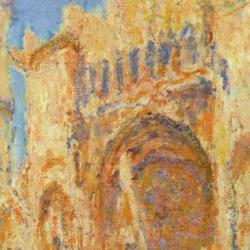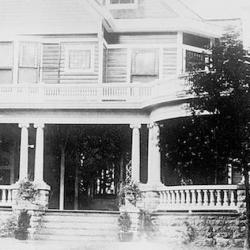In his recent biography of Frank Gehry, Building Art, Paul Goldberger recounts this incident: “a jet-lagged Gehry, already in his eighties, must make his way to a Spanish press conference from an interrupted nap: The first reporter asked him what his response was to charges that his buildings were more in the line of dazzling spectacles than functional architecture. This time, he was too tired to be polite. He extended his middle finger. There was an awkward silence, and then another reporter asked whether ‘emblematic’ buildings would continue to be a feature of cities. Frank replied with only slightly more patience than he had shown to the previous questioner. ‘In this world we are living in, 98 per cent of everything that is built and constructed today is pure shit,’ he said. ‘There’s no sense of design, no respect for humanity or for anything else. Once in a while, however, a group of people do something special. Very few, but God, leave us alone. We are dedicated to our work. . . . I work with clients who respect the art of architecture. Therefore, please don’t ask questions as stupid as that one.’”
Goldberger describes the incident as “funny,” but Ingrid Rowland sees something more sinister. The biography reveals an arrogant and distasteful man: It “quickly emerges that if we do not love everything that Frank has ever designed with an unconditional love, we shall hurt his feelings and incur his wife’s implacable hatred. We also begin to sense, fairly early on, that it is not really our place as users of architecture to judge the work of architects. Goldberger and his subject both assert, implicitly and explicitly, that if we do not adore Frank Gehry and his architecture with all our heart and all our soul and all our might, we are as blind and stupid as Samson among the Philistines, as querulous as Thersites among the heroes of Troy.”
That contempt for the opinions of others extends to Gehry’s clients. Rowland cites a passage from the biography that is supposed to describe William Pereira, a major influence on Gehry, but equally describes Gehry’s aims as an architect: “Left to his own devices, Frank realized, Pereira was driven more by a desire to make memorable shapes than by a clear understanding of his clients’ needs…. Frank began to think of Pereira…as an architect who mainly invented shapes out of his imagination and then tried to persuade his clients to accept them.”
Rowland sticks up for the right of users to judge the buildings they inhabit: “In the ever-negotiated field of architecture, to architects’ eternal frustration, we users not only have a right to judge the quality of a building. We have the only right. . . .
If the poetry and the power of architecture do not communicate on many levels, from Olympus down to the humblest among us, they do not communicate at all.”
(Photo by Canaan.)















